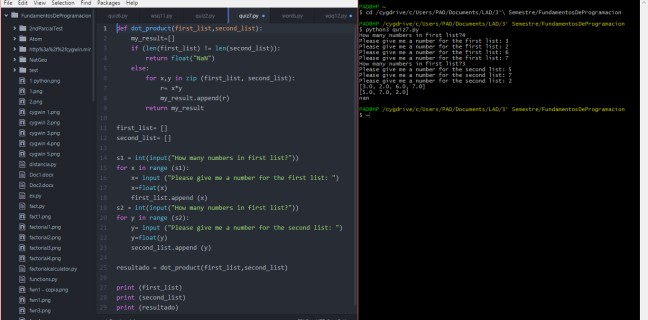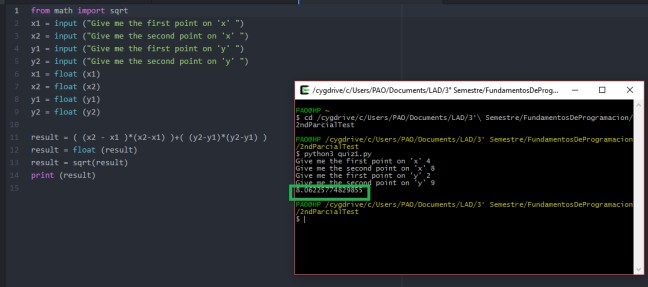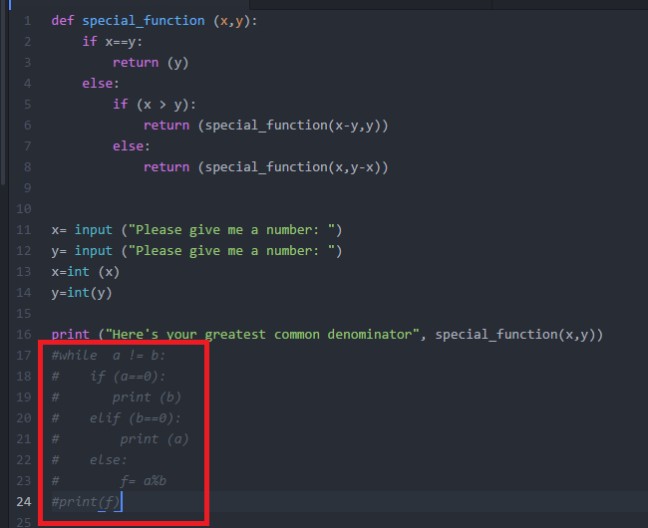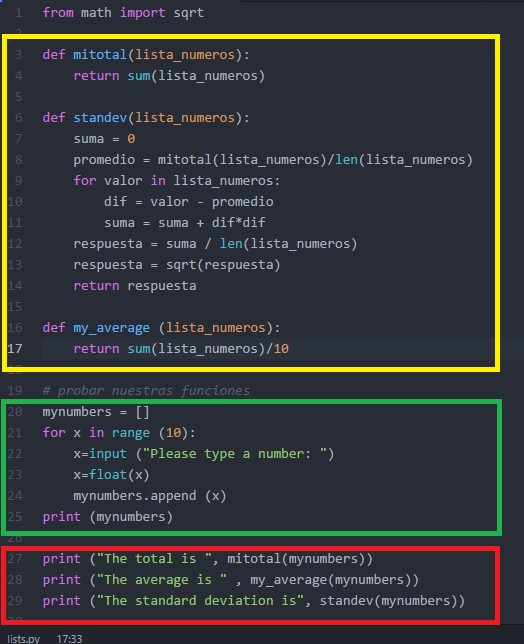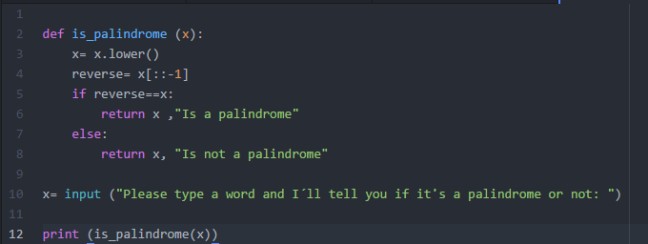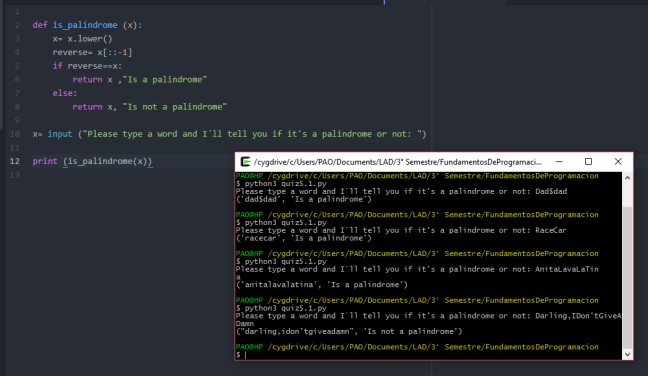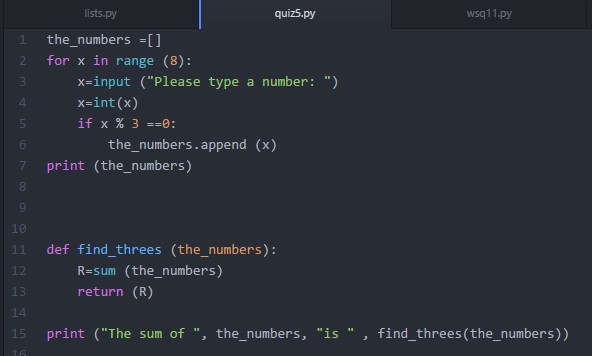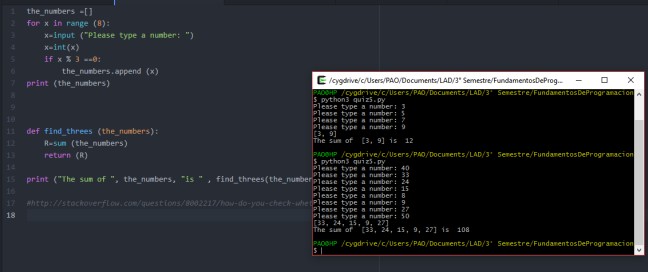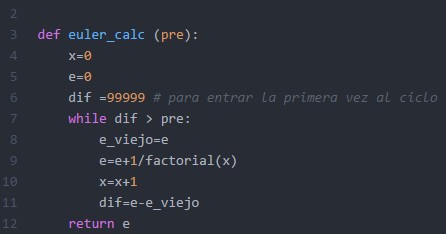“Scilab is an open source, cross-platform numerical computational package and a high-level, numerically oriented programming language. It can be used for signal processing, statistical analysis, image enhancement, fluid dynamicssimulations, numerical optimization, and modeling, simulation of explicit and implicit dynamical systems and (if the corresponding toolbox is installed) symbolic manipulations.”
Source: https://en.wikipedia.org/wiki/Scilab. Yep, I used Wikipedia. I wasn’t in the mood of doing a long research to define Scilab.
Ok. Let’s start with the blog post.
Scilab is a really useful tool that will help me from NOW to make my math calculations. Besides I’m not quite good at math, It’s funny to use a math software with the programming knowledge that we already have.
Next Saturday is my math Final Exam. I’m definitely using this to check my exercises while I study.
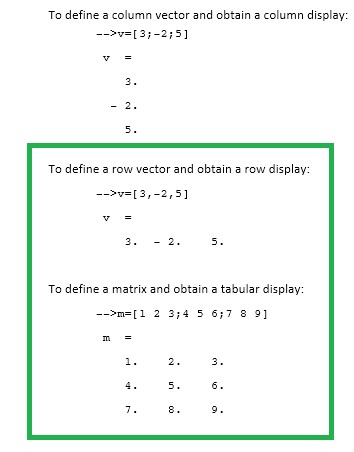
Tanks Ken to give us alternative tools and tips to survive our life in college, not just in your subject, but all the others.



